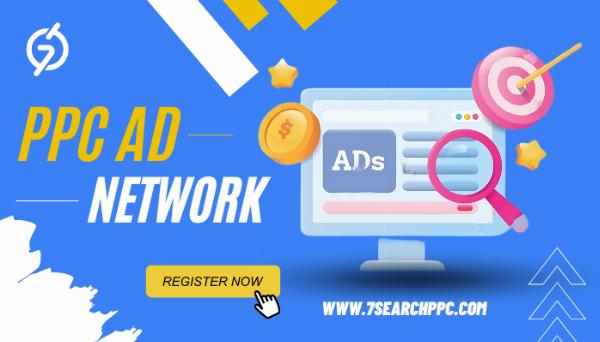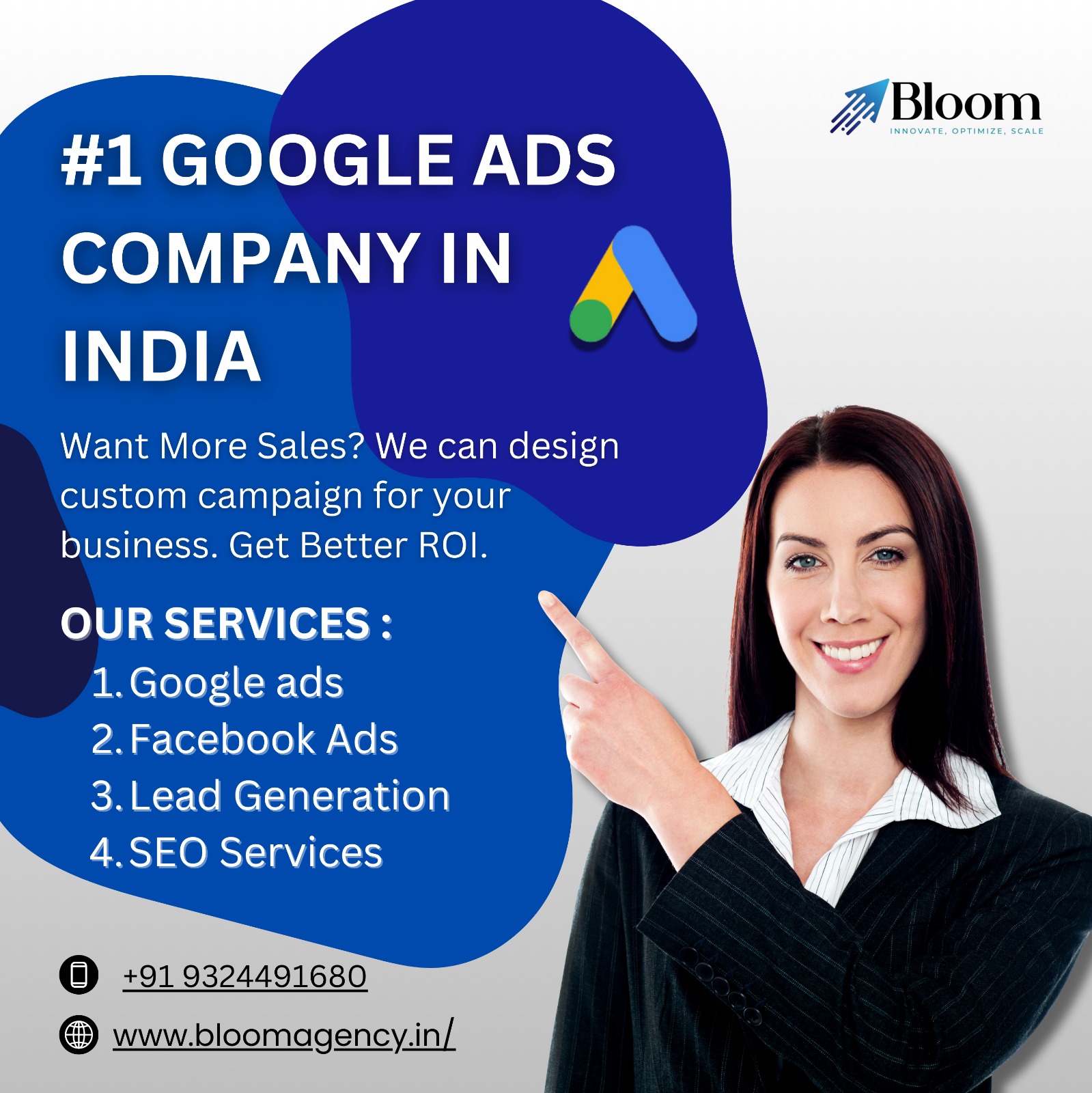The Ultimate Beginner’s Guide to Google Ads (2025 Edition)

Strong 8k brings an ultra-HD IPTV experience to your living room and your pocket.
What Are Google Ads?
Google Ads is an online advertising platform where you pay to show ads to people searching on Google, browsing websites, or watching YouTube videos. You’ve probably seen these ads at the top of search results or as banners on websites. The beauty of Google Ads is that you can target specific audiences, control your budget, and track results in real time.
Why Use Google Ads in 2025?
In 2025, Google Ads remains a go-to for businesses because it’s precise and flexible. You can reach local customers or a global audience, and you only pay when someone clicks your ad (pay-per-click, or PPC). With new AI-driven features in 2025, like improved audience targeting and automated bidding, it’s easier than ever for beginners to get started.
Step 1: Set Up Your Google Ads Account
Before you create ads, you need an account. Here’s how to get started:
Visit Google Ads: Go to ads.google.com and click “Start Now.”
Sign In: Use a Google account (like Gmail) to sign up.
Enter Business Info: Add your business name, website, and billing details.
Set Currency and Time Zone: Choose your currency and time zone carefully—you can’t change these later.
Once your account is set, you’re ready to create your first campaign.
Step 2: Understand Campaign Types
Google Ads offers different campaign types based on your goals. Here are the main ones for beginners:
Search Campaigns: Ads appear in Google search results (e.g., when someone searches “best coffee shop near me”).
Display Campaigns: Banner or image ads shown on websites in Google’s Display Network.
Video Campaigns: Ads that play before or during YouTube videos.
Shopping Campaigns: Product listings for e-commerce businesses.
Performance Max: A 2025-favorite, this AI Stuart campaigns, meaning it uses AI to place ads across search, display, and YouTube for maximum reach.
For beginners, start with a Search Campaign to target people actively searching for your product or service.
Step 3: Define Your Campaign Goal
Every campaign needs a clear goal. Common goals include:
Driving Website Traffic: Get more visitors to your site.
Generating Leads: Encourage sign-ups or inquiries.
Increasing Sales: Boost online or in-store purchases.
Choose a goal in the Google Ads dashboard when creating a campaign. This helps Google optimize your ads for better results.
Step 4: Research Keywords
Keywords are the words or phrases people type into Google that trigger your ads. For example, if you sell running shoes, keywords might include “best running shoes” or “women’s sneakers.”
Use Google’s Keyword Planner: This free tool suggests keywords and shows how often they’re searched.
Choose Relevant Keywords: Pick terms closely related to your business (e.g., avoid “cheap shoes” if you sell premium brands).
Use Match Types: Broad match (reaches a wide audience), phrase match (more specific), or exact match (highly targeted).
Start with 10–20 keywords and refine them later based on performance.
Step 5: Write Compelling Ads
Your ad needs to grab attention and convince people to click. A good search ad includes:
Headline: Up to three headlines (30 characters each) that highlight your offer (e.g., “Top-Quality Running Shoes”).
Description: Two lines (90 characters each) to describe benefits or promotions (e.g., “Free Shipping on Orders Over $50!”).
URL: The specific webpage you want users to land on.
Include a call-to-action like “Shop Now” or “Learn More” to encourage clicks.
Step 6: Set Your Budget and Bidding
Google Ads lets you control how much you spend:
Daily Budget: Set a daily limit (e.g., $10/day). Google won’t exceed this on average.
Bidding Strategy: Choose how you pay for clicks. Beginners should try “Maximize Clicks” to let Google’s AI optimize for more clicks within your budget.
In 2025, Google’s AI bidding options, like Target CPA (cost per action), are more beginner-friendly thanks to improved automation.
Step 7: Target Your Audience
You can narrow down who sees your ads to get better results:
Location: Target a city, region, or country.
Language: Choose the language your audience speaks.
Demographics: Adjust based on age, gender, or income level.
Audiences: Target people based on interests (e.g., “Fitness Enthusiasts”) or past website visitors.
For example, a local bakery might target people within 10 miles searching for “fresh pastries.”
Step 8: Create Your First Campaign
Here’s a quick guide to launching a Search Campaign:
In Google Ads, click “Campaigns” and then “New Campaign.”
Select “Search” and choose your goal (e.g., Website Traffic).
Name your campaign and set your budget (e.g., $15/day).
Choose your target location and language.
Add your keywords and create your ad text.
Review and launch!
Your ads will start running after Google approves them (usually within a day).
Step 9: Monitor and Optimize Your Campaign
Once your campaign is live, check its performance regularly:
Impressions: How many times your ad was shown.
Clicks: How many people clicked your ad.
CTR (Click-Through Rate): Clicks divided by impressions (aim for 2–5%).
Conversions: Actions like purchases or sign-ups.
Use the Google Ads dashboard to track these metrics. Pause underperforming keywords and test new ones to improve results.
Step 10: Use Ad Extensions
Ad extensions make your ads more informative and clickable. Popular extensions include:
Sitelink Extensions: Add links to specific pages (e.g., “About Us” or “Contact”).
Call Extensions: Include a phone number for direct calls.
Location Extensions: Show your business address for local customers.
These are free to add and can boost your ad’s effectiveness.
Step 11: Leverage 2025 Features
Google Ads in 2025 has new tools to make things easier:
AI-Powered Insights: Google’s AI suggests keywords and bids based on trends.
Smart Campaigns: Fully automated campaigns for beginners with minimal setup.
Privacy-Focused Targeting: With cookies phasing out, Google uses AI to target audiences without relying heavily on personal data.
Experiment with these to stay ahead of the curve.
Common Mistakes to Avoid
Beginners often make these errors:
Broad Keywords: Using vague terms like “shoes” instead of “men’s running shoes” wastes budget.
Ignoring Negative Keywords: Add terms you don’t want to trigger ads (e.g., “free” if you don’t offer free products).
Not Tracking Conversions: Set up conversion tracking to measure success.
Setting and Forgetting: Check your campaign weekly to optimize performance.
Tips for Success in 2025
Start Small: Test with a $5–$10 daily budget to learn what works.
Use Mobile-Friendly Ads: Most searches in 2025 are on mobile devices.
Test Multiple Ads: Run two versions of an ad to see which performs better.
Focus on Quality Score: Google rates your ad’s relevance (1–10). Higher scores lower your costs.
How Much Does Google Ads Cost?
You control the budget, so costs vary. A small business might spend $100–$500/month, while larger ones could spend thousands. You only pay for clicks, with costs per click ranging from $0.50 to $5, depending on your industry. In 2025, Google’s AI helps stretch your budget further with smarter targeting.
Getting Help
If you’re stuck, Google offers free support via phone or chat. You can also explore Google Ads Help Center or hire a certified Google Ads professional for complex campaigns.
Final Thoughts
Google Ads in 2025 is more accessible than ever for beginners, thanks to AI tools and simplified campaign options. Start with a clear goal, target the right audience, and monitor your results closely. With practice, you’ll turn clicks into customers and grow your business effectively.
Note: IndiBlogHub features both user-submitted and editorial content. We do not verify third-party contributions. Read our Disclaimer and Privacy Policyfor details.







